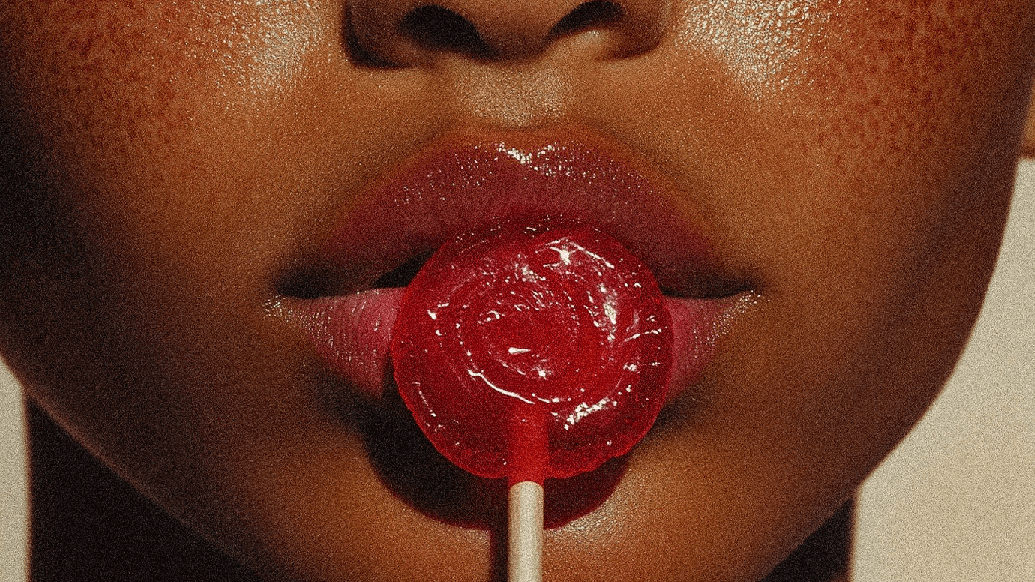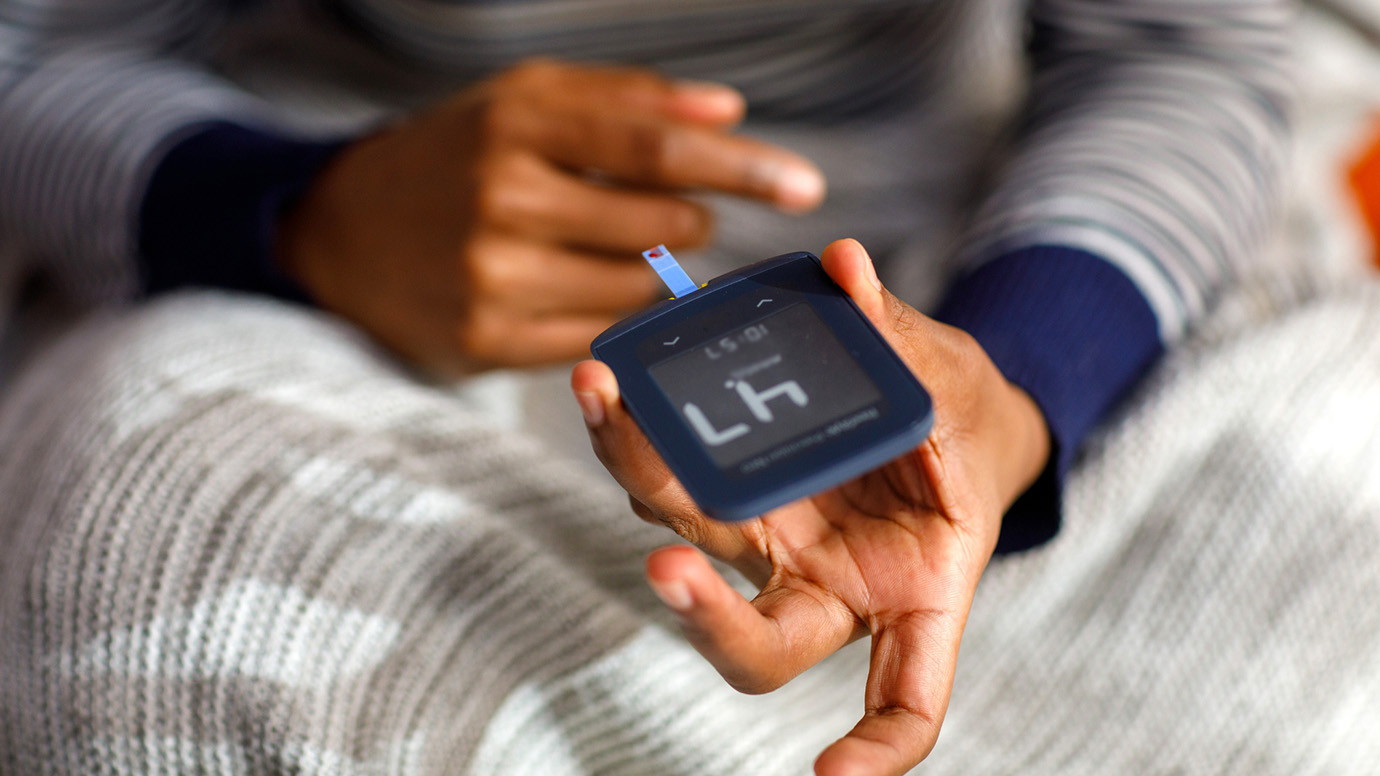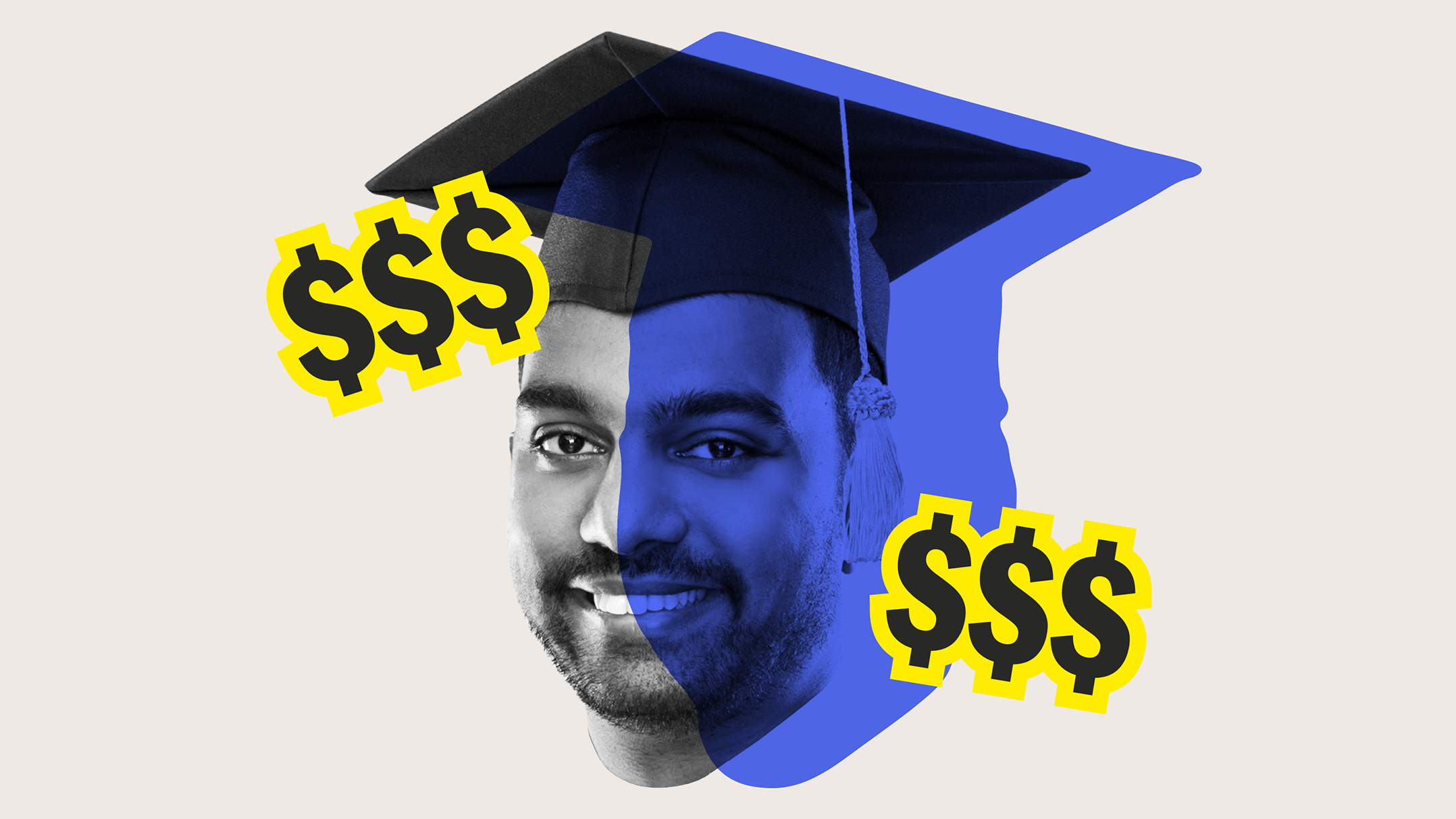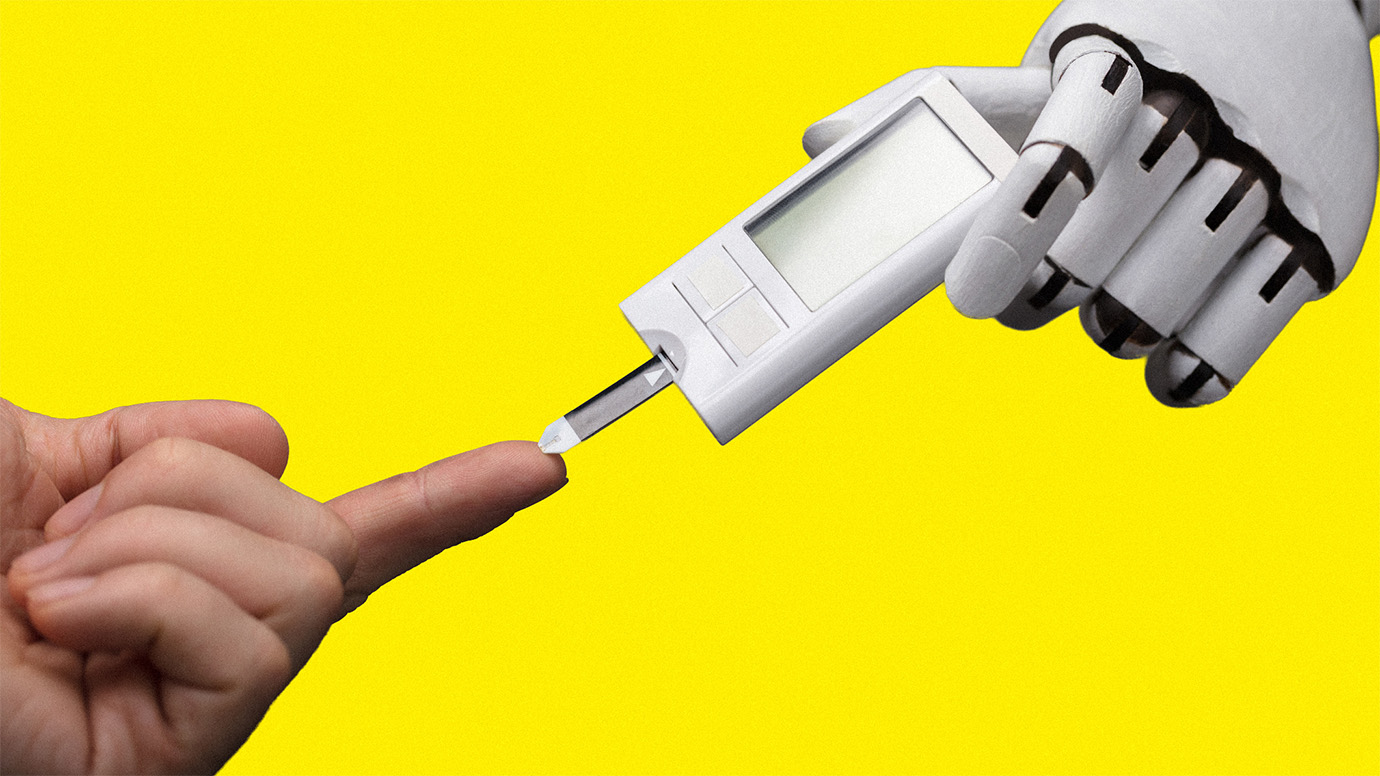Community Table: Mental Health + Diabetes Burnout
Written by: Beyond Type 1 Editorial Team
6 minute read
June 14, 2021
Community Table is presented by the JDRF-Beyond Type 1 Alliance and made possible with support from Abbott Diabetes Care, Dexcom, Lilly, MannKind, Medtronic, Omnipod, Roche Diabetes Care and Tandem.
During our fifth Community Table discussion, Beyond Type 1 sat down with a group of experts and community members to discuss mental health and diabetes burnout, and share helpful resources and perspectives. Watch the discussion in full!
Speakers included:
- Taylor Turner, who also served as the moderator for this event, has had type 2 diabetes for six years.
- Kyomi Knight, who has type 1 diabetes for 15 years, is an actress and advocate in the diabetes community.
- Austin Davis, who has had diabetes for 21 years, recently received his law degree from Creighton University where he earned a certificate in Health Law.
- Roy Collins, M.D., who has had type 1 diabetes for 16 years, is a psychiatry resident at Stanford University School of Medicine.
- Mila Ferrer, who is currently one of Beyond Type 1’s program managers, is also the mom of a type 1 who just celebrated his 15th diaversary.
Partial transcript of the conversation below, edited for content + clarity.
What does burnout look like for you?
Mila: As a parent, you must try to snap out of diabetes burnout as soon as possible. It was very important not to let my son see me super down or managing his diabetes in a very poor way because I need to be an example. Of course, he’s going to see that, “I’m upset because the blood sugars are not where we want them. We’ve been doing everything that we should be doing, but today’s not one of those days.” It was also very important for him to meet other kids with type 1, and for him to go to different conferences and listen, hear and understand that it’s okay to be upset sometimes. It’s okay to cry if your diabetes is not working.
Kyomi: Burnout for me now looks very different from burnout from when I was a teenager. When I was first diagnosed and experienced my first burnout, it was probably when I was diagnosed. I remember that my first year after diagnosis was very challenging, and I didn’t understand the different symptoms that were happening in my body. I slept a lot. Sometimes I would not take my insulin or there would be times where I just wouldn’t eat. There would be times where my mom would try to come in and say, “Hey, let’s check your blood sugar.” I just wasn’t on board with any of it. I didn’t want it. I didn’t want to accept it.
Acceptance plays a major role in diabetes burnout, even as an adult, sometimes I have a hard time accepting that this is my reality until I poke my finger and think, “Okay, this is what I’ve got to do until I take my insulin injection.” Because if I don’t take my insulin, then I start to feel really crummy when my blood sugar is really high, and that’s when, as an adult, I notice, “Hey, am I lacking in self-care? Am I starting to allow the depression to take over?” I was also diagnosed with five other autoimmune conditions as well, so I have other illnesses that play into my diabetes management. When I’m doing a great job with managing my diabetes, here comes lupus with something, or here comes rheumatoid arthritis with something, and then it throws my balance off. It’s like being on a constant roller coaster and sometimes I want to just get off or I want to give up. I do notice that I’ll start to experience heavier depression.
Dr. Roy: I conceptualize burnout in three major domains. One being energy depletion, the other being detachment and the third being powerlessness. In my own life, I experienced those three mostly when I was in high school when I was trying to be recruited for football and manage myself.
Being diagnosed as a teenager is tough because you think that you’re grown, but you don’t nearly have the prefrontal cortex maturation to make any type of long-term decisions. As a result, I was saying, “I know right now I want to keep playing football. Therefore, I’m going to have my blood sugar be higher because I can’t think of those long-term effects,” and I’d be feeling miserable. I remember accidentally leaving my glucometer at home, and I would go see my endo because I knew those numbers would be crazy and just feeling really mad at myself in the meantime.
Now, as someone who has to take care of others, I have a methodology that is similar when you take a flight. “Put on your oxygen mask first, before you put it on someone else’s.” Meaning, in order to take care of others, I must take care of myself. I’m incorporating mindfulness. I meditated even before this meeting now, because I had a long day at the hospital before I came on, and I knew that if I didn’t take the methods and steps in order to calm myself and be at a place where I can really give myself to this webinar, I wouldn’t be worth anything.
Whether you’re a caregiver or you have diabetes yourself, make sure that you’re taking those steps for mindfulness, meditation, and what have you, even just distraction and all those non-pharmacologic ways or pharmacological ways if that’s what we need to make sure that things are going to go well and you have balance in order to take care of yourself or take care of others.
Austin: Burnout for me is just a slow and gradual buildup of a lot of small things that eventually make me feel like I cannot manage my diabetes in any given time period. Just a couple of weeks ago, I had a week where I had to change my site four or five times during the week, just because I kept walking by door handles and ripping it off.
The best way to deal with burnout generally is to break it into smaller problems. Take it step-by-step. For example, if you’re having a lot of highs in a given week or you’re having a lot of lows, just for a week or whatever time period, you need to try to have one less high a day or one less low a day and take those small, gradual steps until you can get where you want to be.
Do you think that having access to diabetes education can change our emotional health and perspectives?
Mila: As a parent, I need to organize everything. I need to have plans, from plan A to plan Z. For me, diabetes education has been my foundation to understand, “Okay, this is the lifestyle my son wants to have. This is what I have to prepare him for.”
For me, understanding how to prepare, what could happen, and how I need to be ready for if the insulin pump fails, if the sensor fails, if the insulin goes bad is crucial. I try to have every possible scenario in my brain and be prepared and ready for that. That’s what we have been teaching him, “Okay, you have to be ready for everything and anything. If you go out, if you’re traveling with your team and the flight gets delayed, please always carry your diabetes supplies. You don’t want for them to get lost in luggage.”
For me, diabetes education goes very hand-in-hand with diabetes, with mental health, because you understand and you know what to do. You’re better prepared to manage and face a lot of the things that diabetes is going to throw at you.
Dr. Roy: Diabetes can be very isolating both for the person with diabetes and for their caregivers. If there’s an interested party that you know that has diabetes, educating yourself can be very helpful, just so you can try and participate in all this new lingo and all this new vocabulary and different circumstances you would never know.
The only caveat I would say is, especially for those without diabetes or the caregivers, try and meet that person with some empathy and have that knowledge as a background, but don’t impose upon them for your understanding of diabetes. That’s certainly going to turn folks away. Good to educate yourself, but definitely meet people where they are.
Do you ever deal with tech burnout, such as with your CGM or insulin pump?
Austin: Yes, absolutely. I have felt like throwing my pump at the wall or going back to shots for a bit when I’ve been very burnt out on tech or having insertion problems. Diabetes technology has come so far in the last 30 years, but it still isn’t a functioning pancreas at the end of the day. We do have to allow a little bit of grace for our tech, but it’s totally understandable and relatable to have issues with that tech. The best thing to do sometimes is just give yourself a break, take five minutes. If you’re going too high, give yourself a shot. If you’re low, you’re going to have to treat that as well. The best thing is just to try to be a little bit easier on yourself. It is super, super frustrating.
Mila: I’m not sure why, but the day that you need that continuous glucose monitor (CGM) to be the most accurate is the day where it decides to go bonkers. Your blood sugars are off, even up to 90 points. When you start using new technology, sometimes you ask yourself, “Why did I change? Why am I doing this? Is it worth it?” My son has never taken a break from the pump or the CGM because he feels safer while he’s playing sports with that.
Sometimes you just want to take the pump, put it in the drawer, shut down the CGM, and not even look at it, especially when you have insertion sites that are going bad. We used to be on the pod, and he would leak insulin. We’re like, “Okay, we’re wasting insulin. His blood sugar is high. We’ve been trying all day. This is the third pod or something like that or the CGM’s not working.” It’s very easy to get burnout.
At the same time, when you sit back and you realize, “Okay, thankfully I have access to it. It’s a great tool.” Of course, we have to understand these products are still in development, they’re going to get better, and just hoping for the best. We’re always hoping for that new technology that’s going to make life a little bit easier.

Author
Beyond Type 1 Editorial Team
Beyond Type 1 is the largest diabetes org online, funding advocacy, education and cure research. Find industry news, inspirational stories and practical help. Join the 1M+ strong community and discover what it means to #LiveBeyond a diabetes diagnosis.
Related Resources

A diabetes diagnosis doesn’t mean your sex life is off-limits. It's still yours to enjoy—just...
Read more

Insulin is the main hormone your body uses to control how much sugar is in...
Read more

If you have diabetes, you know insulin affects low blood sugar (hypoglycemia), but it’s not...
Read more

